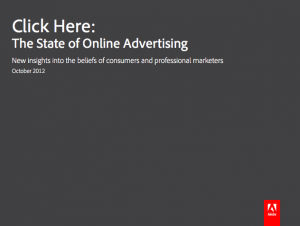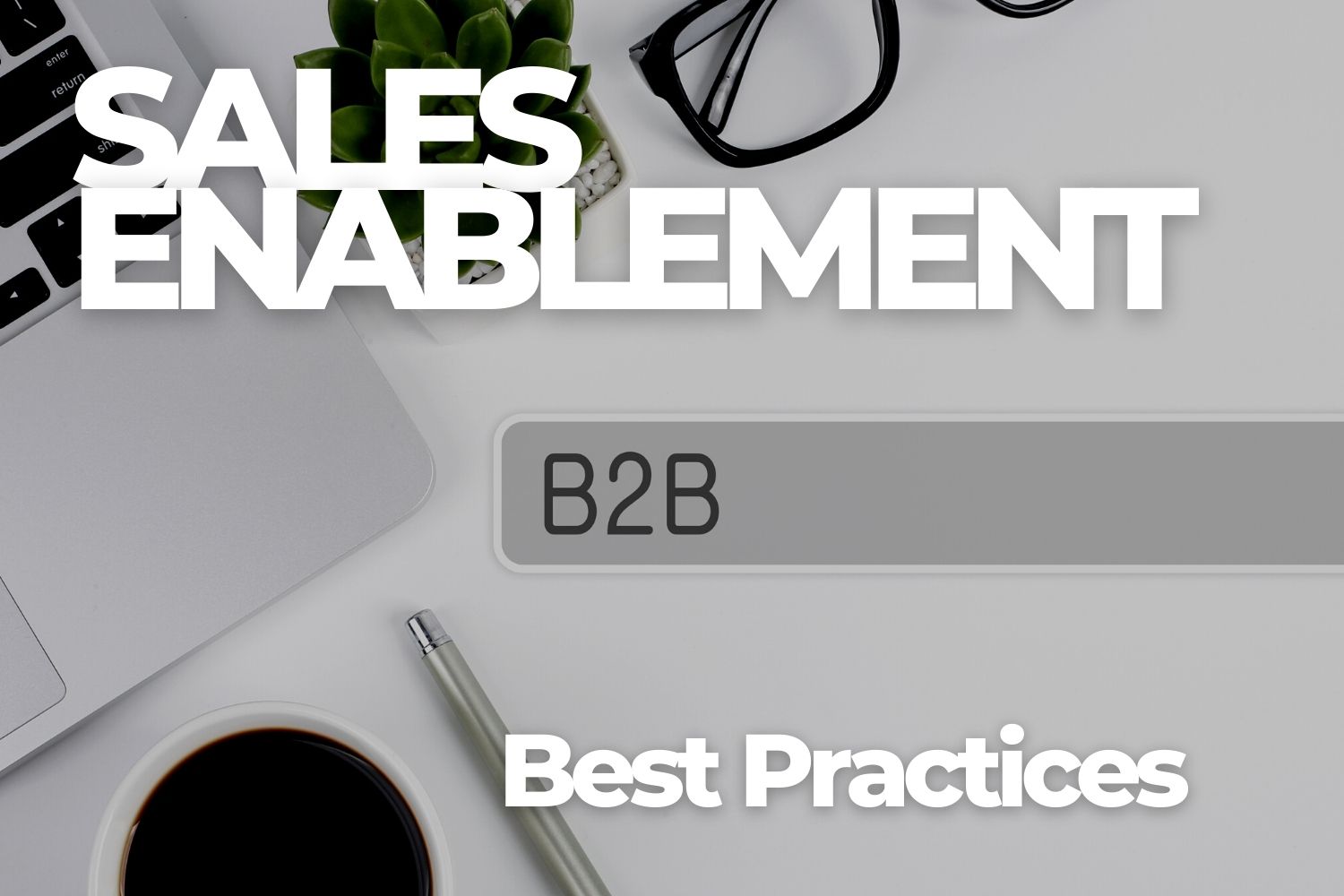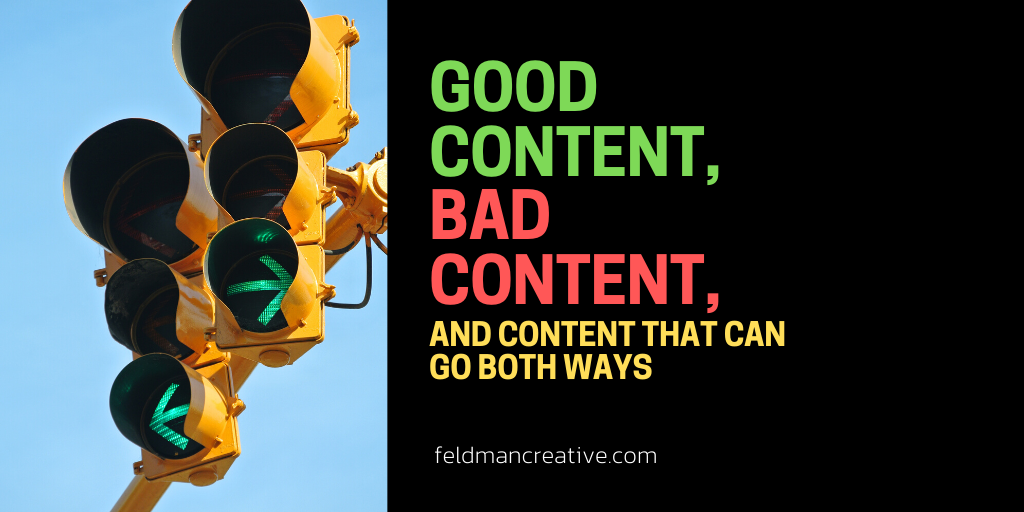I know actionable marketing expert Heidi Cohen a little and like her a lot. She gets this online marketing stuff big time. I read her blog every day. She’s all about delivering advice. In fact, with almost every post she gives readers what she calls “actionable marketing tips” and signs off with “Happy Marketing.” Pretty upbeat stuff.
Heidi came out swinging with this one.
“Your Prospects Think Marketing is BS” was the title of her November 13 article. I dug it. Beside using the term “BS,” Heidi talked about “pissing prospects off.” Watch out.
Heidi didn’t speak up just to show off her urban vocab. As usual, she presented a well-researched, thoughtful piece. The topic du jour was content marketing, a subject near and dear to all of us online marketers. Her facts and figures came from Adobe’s “The State of Online Advertising” research paper (created by research firm Edelman Berland) and she featured the best of it to make a case for why content marketing trumps online advertising today.

I want to give you soundbites that resonated with me…
Heidi:
Even though the majority of customers consider marketing to be B.S., you can still leverage the power of content marketing to provide them with the product information they seek and help them make purchase decisions. This means providing useful content that answers their pre-purchase questions without pissing them off or feeling creepy.
I put together a presentation on content marketing, which has been well received on SlideShare, a handful of websites, and presented via a webinar and at the recent Marketing Camp conference. It’s all about the power of content. Check out “Magnetic Content: Strategies to Transform your Website into a Customer Attraction Force Field” (and more presentations on the subject) here.
More from Heidi now:
More than half of consumers believe that “most marketing is a bunch of B.S.” according to recent Adobe research. Less than one in seven considers marketing, advertising or PR to be of value to society.
Ouch. Make the conversation specific to online advertising and it gets even more vicious.
Tell ’em Heidi…
Almost half of respondents agreed that “online advertising is creepy and stalks you.”
- 68% of consumers consider it annoying
- 51% consider it distracting
- 38% consider it invasive
While this doesn’t mean that digital advertising doesn’t work, digital advertising has a good chance of pissing your prospects off.
I can’t disagree. Can you?
Back to Heidi’s article
Research by Content Marketing Institute and Marketing Profs revealed that 69% of B2B marketers consider placed articles on other websites as an effective content marketing tactic. (Here are more findings from the 2013 B2B Content Marketing Research.)
And another nice nugget…
About one in five customers like company websites. It’s a consumer-controlled experience that’s limited to the sites that prospects want to visit.
Bravo.
It’s time to make your site razor sharp. Download “21 Pointers to Sharpen Your Website” for more on how it’s done.
Heidi got into social media too.
She wrote:
About two-thirds of consumers have liked a brand and over half would like to have a dislike button. In other words, consumers want to be able to express both their positive and negative feelings about brands. (Here’s research on the value of a like.)
In the article she offers on Facebook “Likes” she claims:
The bottom line is that a like carries no guarantee for marketers or for customers. Likes are loose associations because nothing’s required beyond a single click. While it’s positive engagement, customers can’t ask for less and marketers want more.
And she closes with:
The bottom line is that a like carries no guarantee for marketers or for customers. Likes are loose associations because nothing’s required beyond a single click. While it’s positive engagement, customers can’t ask for less and marketers want more.
Me, I say the Facebook “Like” has no value and the countless web pages dedicated to tackling the question of what it’s value is are a waste of time and cyberspace.
Heidi closed with suggestions for using content marketing effectively.
Great stuff. Thank you Heidi.
- Tell a unique story. Don’t just sell. People love stories. They have a beginning, middle and end which makes them memorable. Integrate yourorganization’s stories into your content marketing to help prospects.
- Use video because it’s worth 1,000 words. Prospects like to see what your product looks like from all directions. Videos allow you to show your products in action and provide how tos. Further, they can be entertaining. Therefore, where possible include video to put your product in context for your customers.
- Offer user product reviews. Roughly three out of ten consumers trust people they know for recommendations, specifically family, friends and colleagues. This is old-fashioned word of mouth. At its core this is the reason that customer reviews work in the aggregate, which is the wisdom of crowds. Incorporate reviews into your website for your products or customers will leave to gather the information elsewhere. While reviews show the good, bad and ugly of a product, understand that even less than stellar reviews can sell your products.
- Provide in-store experiences. Online experiences can’t replicate seeing the product in real life. Customers want to be able to see and touch the products they plan to buy. This is why showrooming has become an increasingly popular customer behavior. Retail establishments provide real life information and content. Customers will go view products at stores and then purchase via mobile or online to get the best price and terms.








Comments
Taylor Marek
This post got alot of promotion from me + a star! Content Marketing always trumps push advertising, especially if you have a particularly compelling story backing it up.
Barry Feldman
Sweet! Thanks so much Taylor. Real happy you and I have connected. Can’t wait to hear our podcasts.